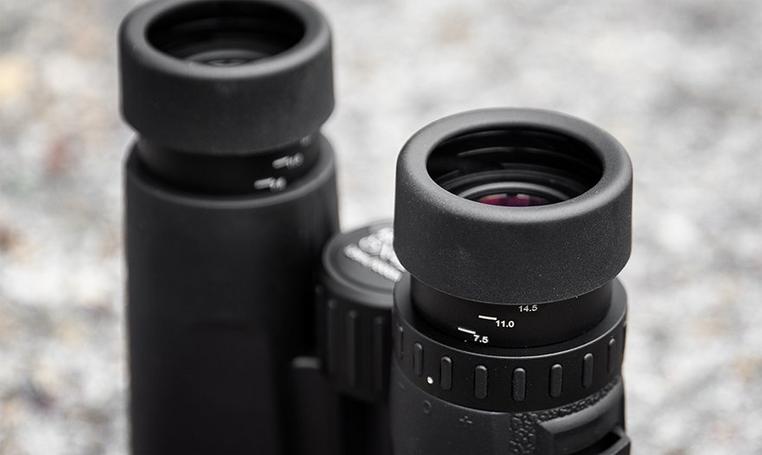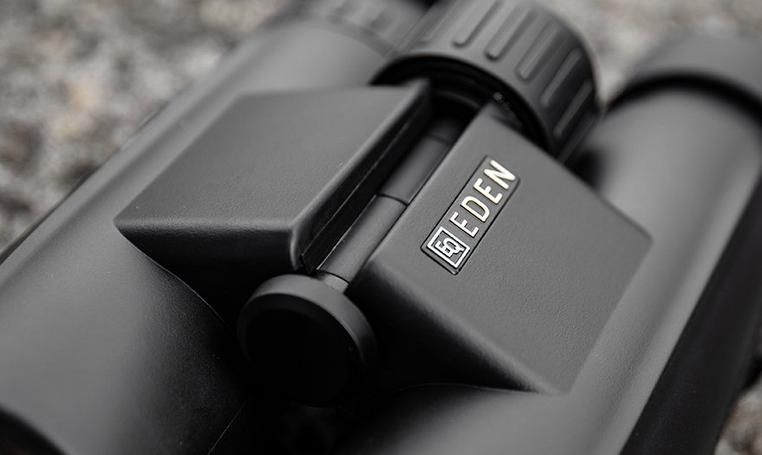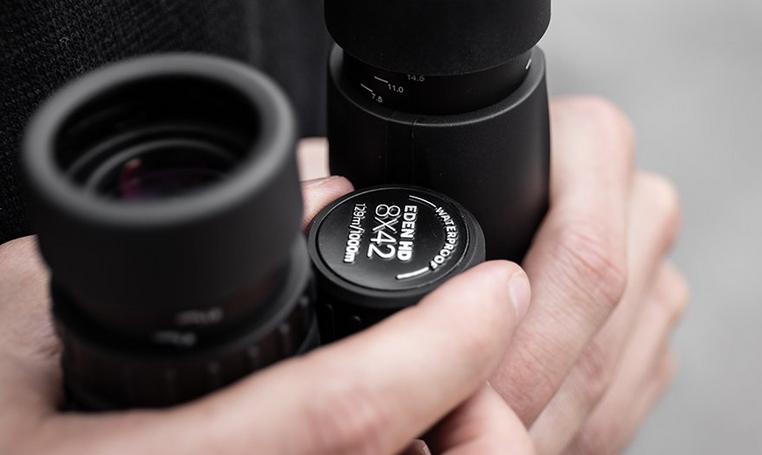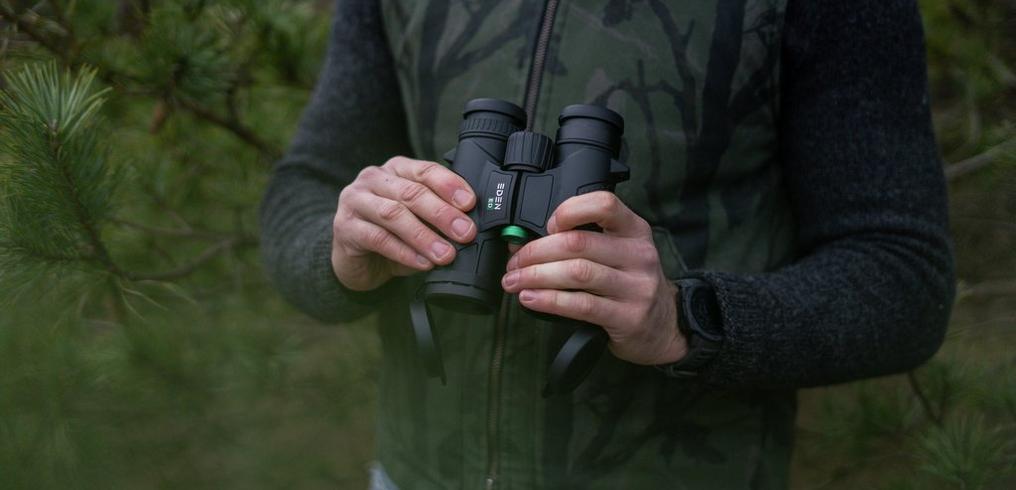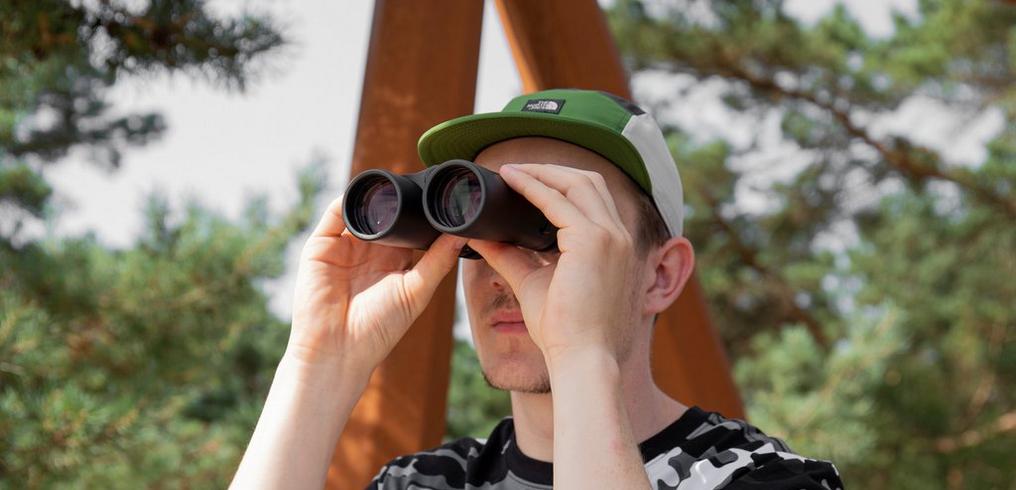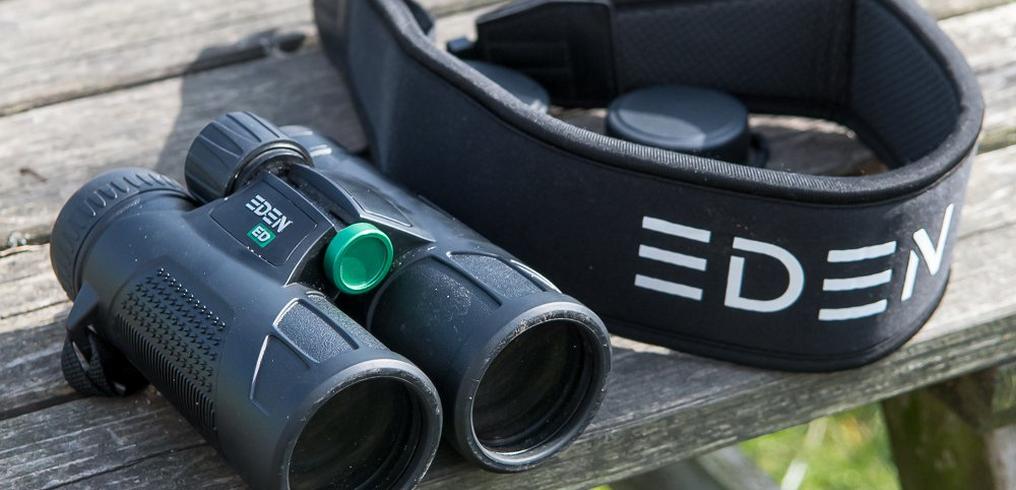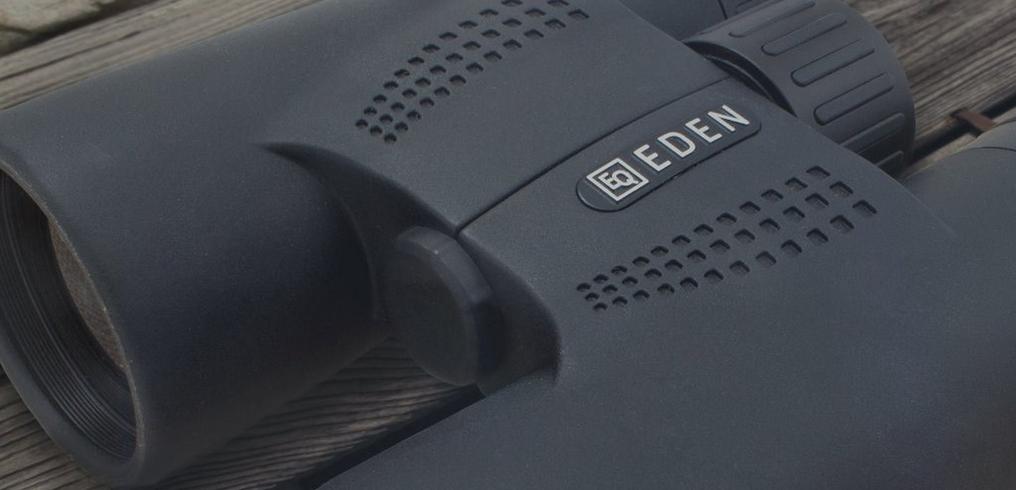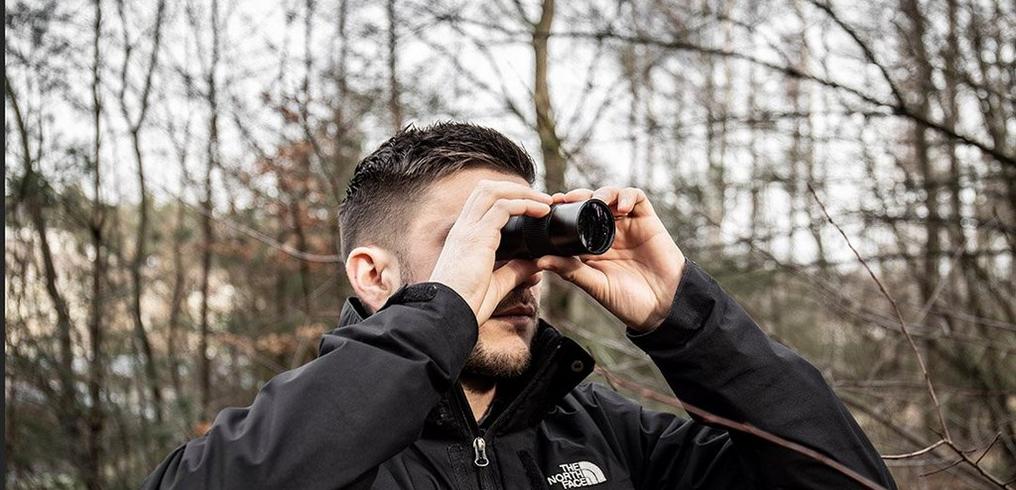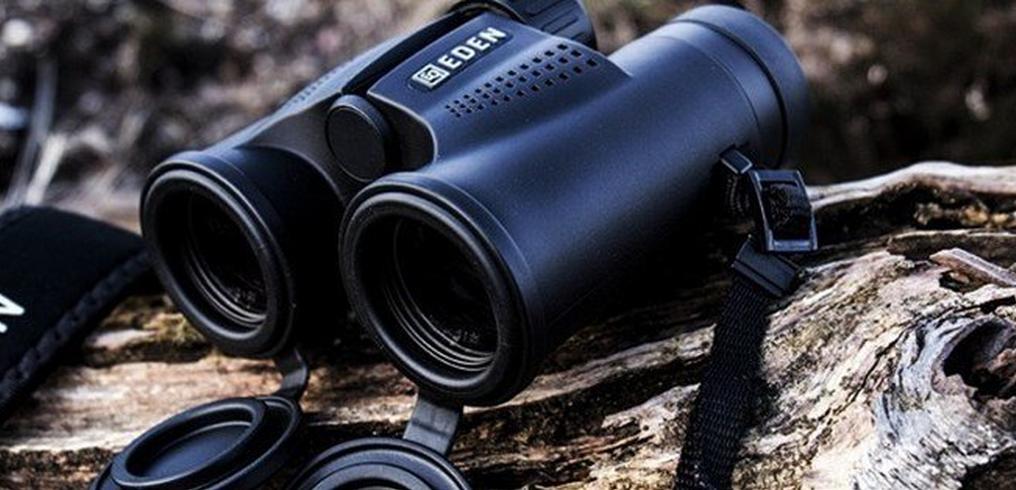Adjusting your binoculars
Adjusting your binoculars can be difficult. Maybe you're seeing black edges, maybe you can't get the image to focus or maybe you're facing other problems. We will give you a complete explanation of how your binoculars work.
What does it mean to adjust your binoculars?
There are some parts of a pair of binoculars that you need to adjust in order for you to see through them clearly. You'll need to adjust the eye cups and the width. Additionally, you might need to adjust the dioptre setting, if your binoculars have this option. With the dioptre setting you can compensate for your eyeglass prescription, and the potential difference in prescription between your eyes. Finally, you'll need to focus the image.
A term you may have seen before is 'binocular prism adjustment'. This is very difficult to do, and not something you can do yourself. For this, you'll need to see a professional shop or send the binoculars back to the manufacturer. There they will be able to properly adjust the prism of the binoculars.
When you're adjusting your binoculars, you'll have to follow these steps:
Step 1: Adjusting the eye cups
Do you wear glasses, or not? Binoculars almost always have eye cups that you can turn in and out or that you can flip up. These eye cups ensure that the distance between your eyes and the binoculars is correct. This is important, because if this distance is incorrect, you'll see an incomplete image, or you will miss out on some brightness. If you wear glasses, you'll need to turn in or fold the eye cups. If you don't wear glasses, you'll need to turn them out or pull them out.
Step 2: Setting the correct width
It is important to adjust the width of the binoculars (more specifically, the distance between the eyepieces) to the distance between your eyes. You can do this by moving the two parts of the binoculars closer to each other or further apart from each other. Look at an object at a great distance and adjust the width of the binoculars so that you have a full, round image with both eyes separately. If you've adjusted the binoculars correctly, you'll see the same thing with each eye.
You can check this by closing one of your eyes and looking through the binoculars with the other one, without moving the binoculars.
Step 3: Dioptre setting
The dioptre setting allows you to compensate for your eyeglass prescription, and the potential difference in prescription between your eyes. This setting is usually on the right eyepiece, but sometimes behind the central focusing button. Sometimes you can adjust the dioptre by pulling out the central focusing button.
Proceed as follows: Choose an object at a reasonable distance and focus with the central focus for your left eye (keep your right eye closed, or better yet, hold your hand in front of the right eyepiece).
Next, close your left eye or hold your hand in front of the left eyepiece and use the dioptre setting to focus for your right eye.
Step 4: Focusing your binoculars
The only thing left to do is focusing on the object you're looking at. Do this so you'll see a sharp image. If you are slightly off, your eyes will try to compensate for this, and you will still see a sharp image sometimes, but this is tiring for your eyes.
Adjusting your binoculars more often
You are now done adjusting your binoculars. It's possible that you will need to do this again in the future. Maybe you're letting someone borrow your binoculars, and they'll need to adjust the binoculars to their own eyes. Therefore, keep in mind that you will probably go through these steps more often.
